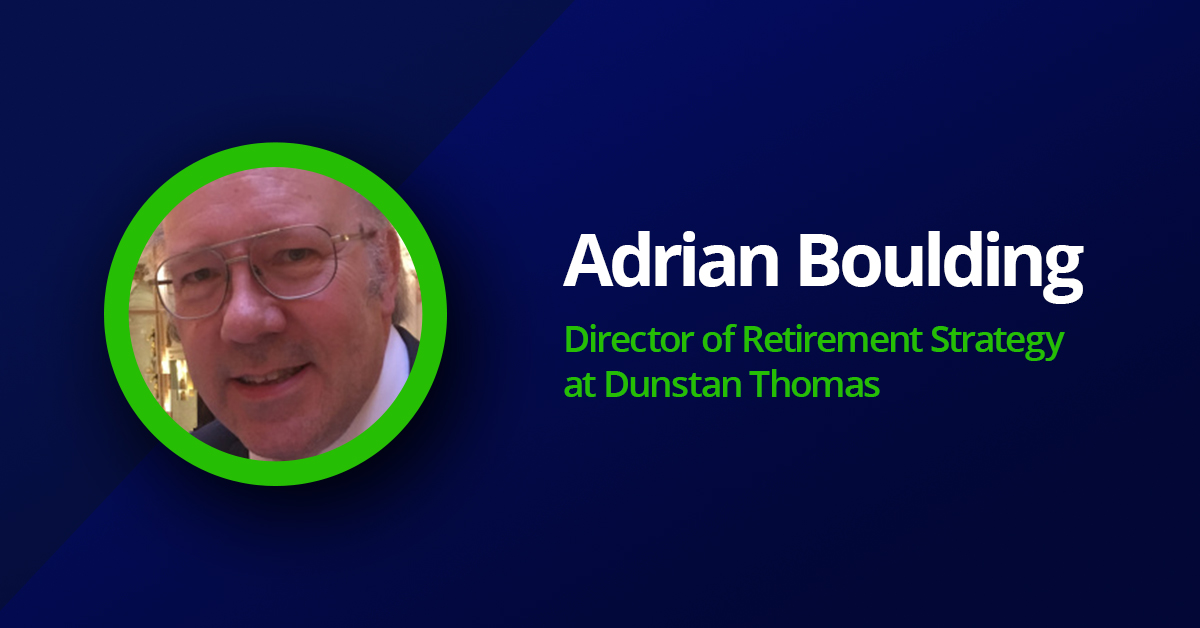Explained: The new Lump Sum Allowance & Lump Sum and Death Benefit Allowance
29 Feb 2024
"If its free, i'll have two of them"
Sir Rhodes Boyson said the preceding quote at the Cambridge Union, well over 40 years ago. This principle has concerned politicians since the launch of the 'free' NHS and the early run on free NHS spectacles.
Although a lot of government money is thrown at pensions, it’s not quite free, as either the member or their employer does have to pay for contributions. However, the tax relief is extremely valuable and to protect the system from abuse we have to have limits. If you go back 20 years we had two sets of limits: one on the way in for defined contribution schemes, and one on the way out for defined benefit schemes.
However, the 2006 reforms, dubbed “pensions simplification”, produced one combined tax system for both Defined Contribution and Defined Benefit, fixing limits both on the way in (the annual allowance), and on the way out (the lifetime allowance).
At Manchester Piccadilly and London Euston stations, the rails are firmly bolted down at both ends. On exceptionally hot days, the rails expand and buckle in the middle, causing endless cancellations and delays. Similar problems are caused by having pension limits on both the way in and out, especially with strong investment returns in the middle.
As a result, many Defined Contribution clients cannot afford to retire, whereas Defined Benefit clients feel that they can cannot afford to continue working. One group in the latter part of this problem were senior doctors, a crucial part of the NHS.
It was the completely infructuous situation of a doctor volunteering for an extra shift to help clear a patient backlog but incurring a resulting pensions tax bill greater than the additional income earned that led to the Chancellor of the Exchequer announcing in last year’s Spring Budget that the lifetime allowance was to be abolished from 6 April 2024, and introducing some immediate transitional relief in the 2023/24 tax year.
The Lump Sum Allowance
 HMRC has introduced two new allowances to replace the lifetime allowance. Both apply to tax-free cash, which is arguably the most generous of the various pension tax reliefs and, because of its immediacy, probably the most exploitable. The new lump sum allowance will limit the tax-free cash available at retirement while the lump sum and death benefit allowance will limit the tax-free cash available on death.
HMRC has introduced two new allowances to replace the lifetime allowance. Both apply to tax-free cash, which is arguably the most generous of the various pension tax reliefs and, because of its immediacy, probably the most exploitable. The new lump sum allowance will limit the tax-free cash available at retirement while the lump sum and death benefit allowance will limit the tax-free cash available on death.
The situation at retirement is fairly straightforward and perhaps signals no change for most people. A SIPP or personal pension, held by an ordinary member with no protections brought forward from previous regimes, will allow a tax-free cash sum of 25% of the pension pot to be taken at retirement, up to a maximum of the new lump sum allowance of £268,275.
It doesn’t have to be taken in one go, and all the familiar situations of vesting multiple pensions plans one at a time, partial vesting, drip-feed drawdown or uncrystallised funds pensions lump sum (UFPLS) can still be deployed, so that clients can commence their retirement income in the way that suits them best. Once they have taken a cumulative total of £268,275 of tax-free cash, all further cash withdrawn will be treated as taxable income.
The Lump Sum and Death Benefit Allowance
Death, however, is another matter.
The member must keep records of all their tax-free cash at retirement, of any tax-free element of UFPLS payments and of any serious ill health pension payments received tax free throughout their lifetime. These are to be deducted from the new lump sum and death benefit allowance of £1,073,100, and the balance that is left will be tested against lump sum death benefits, excluding any charity lump sum death benefits or trivial commutation lump sum death benefits.
If death occurs before age 75, then a lump sum can be paid out tax free up to this remaining lump sum and death benefit allowance. Any lump sum in excess of this will be taxed as income in the hands of the individual receiving it, unless it arose from benefits that were crystallised before 6th April 2024. However, if death benefit is paid as income, such as with a beneficiary drawdown plan, then it can all be paid tax free.
If death occurs at age 75 or over, then the lump sum and death benefit allowance has expired, and the death benefit will be taxed as income in the hands of the recipient, irrespective of whether it is paid as a lump sum or as a beneficiary drawdown.
As we approach these changes on 6th April 2024, it seems that we now have clear legislation. However, readers need to keep a close watch on this area, as the government has retained the power to amend the legislation by regulation, which is easily done should the changes fail to meet their policy intent after implementation.
Adrian Boulding
Director of Retirement Strategy at Dunstan Thomas
023 9282 2254
enquiries@dthomas.co.uk